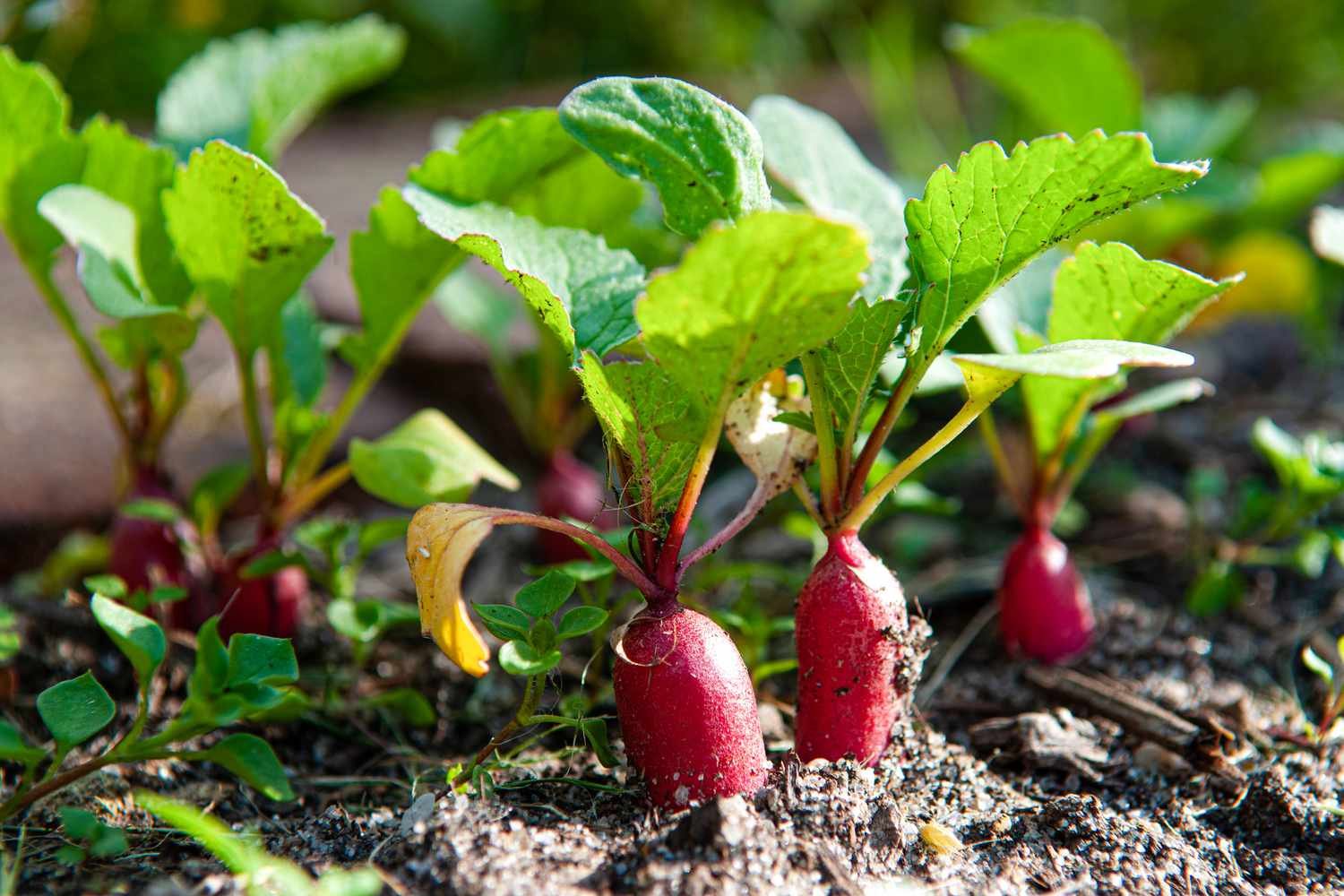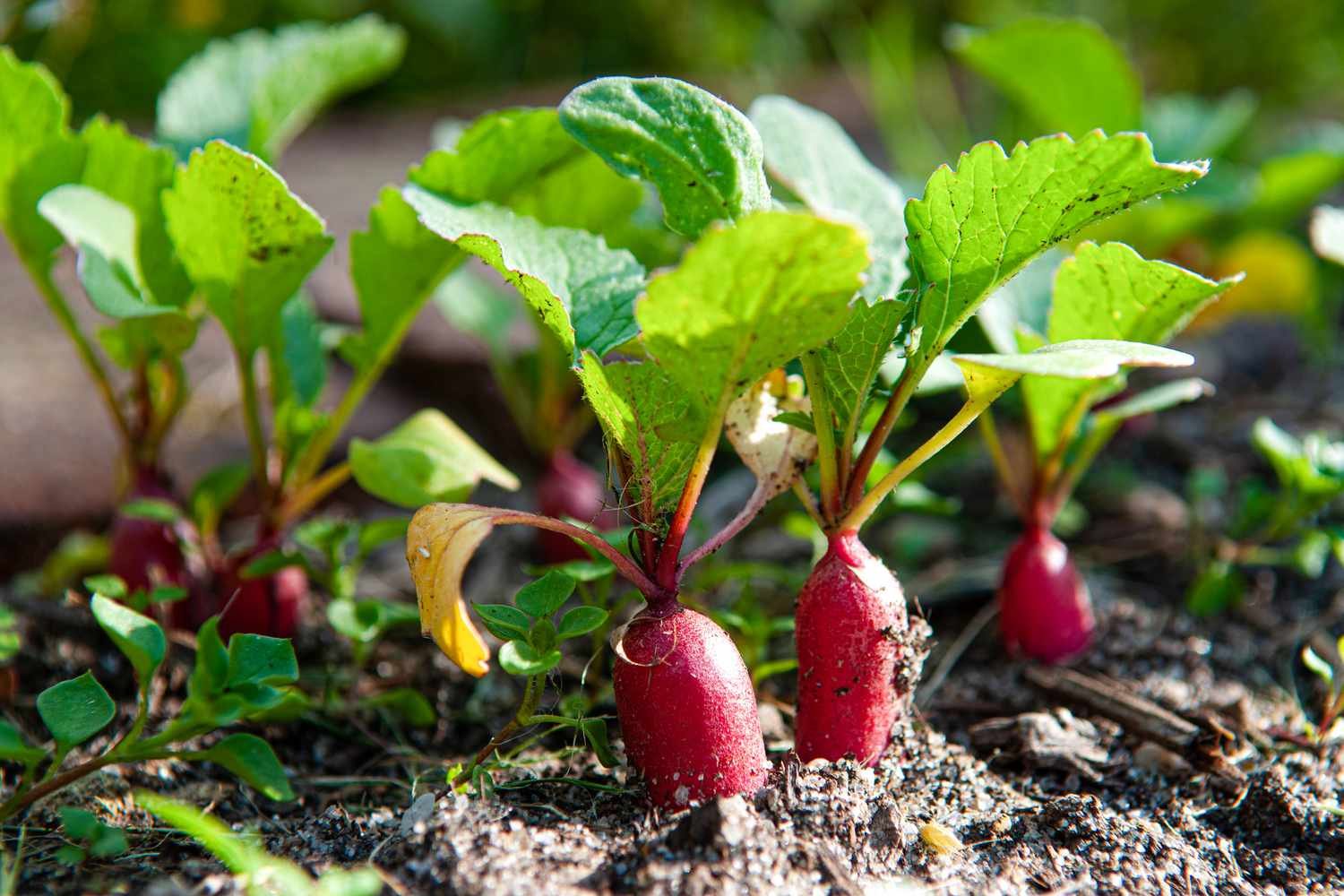When designing a garden in fire-prone areas, choosing fire-resistant plants is essential to protect your home and property. These plants are less likely to ignite and can help create defensible spaces around your garden. In this article, we’ll look into various tips and strategies for selecting and maintaining fire-resistant garden plants to ensure a safer and more resilient outdoor environment.

Understanding Fire-Resistant Garden Plants
Plant Characteristics
- Moisture Content
Plants with high water content in their leaves and stems are less likely to catch fire. Examples include succulents like aloe vera and agave.
- Leaf Structure
Look for plants with fleshy, thick leaves or those with fine, leathery leaves that retain moisture well.
- Resin and Oil Content
Avoid plants with volatile oils or resins that can easily ignite, such as certain types of pines and eucalyptus.
Deciduous vs. Evergreen
Deciduous trees and shrubs that shed leaves in the fall are often less flammable than evergreens, which retain needles year-round.
Native and Adapted Plants
- Local Adaptation
Choose plants native to your region as they are naturally adapted to local fire regimes and climate conditions.
- Fire-Adapted Species
Select plants known for their fire-resistant properties, such as manzanita, ceanothus, and California lilac in Mediterranean climates.
Plant Diversity
Species Diversity
Incorporate a diverse range of plant species to create a resilient garden ecosystem that can better withstand fire events.
- Layering
Use a mix of ground covers, shrubs, and trees to create a layered garden that provides multiple levels of protection and habitat diversity.
Designing Your Fire-Resistant Garden
Layout and Structure
- Defensible Space
Create defensible zones around structures by spacing plants and minimizing continuous vegetation.
- Clearance
Maintain adequate distance between plants, structures, and flammable materials like fences and wooden decks.
Hardscaping and Firebreaks
- Non-Combustible Materials
Use materials such as gravel, stone, and concrete for pathways, patios, and garden borders to create firebreaks.
- Mulching
Opt for non-flammable mulch like gravel or crushed rock around plants to reduce weed growth and retain soil moisture.
Water and Irrigation
- Efficient Watering
Install drip irrigation systems or soaker hoses to deliver water directly to plant roots, minimizing surface moisture that can contribute to fire spread.
- Mulch Use
Apply mulch around plants to retain soil moisture and reduce the need for watering during dry periods.
Maintaining Your Fire-Resistant Garden
Regular Maintenance Practices
- Pruning
Regularly prune dead or dry vegetation, especially near structures, to reduce fuel loads and prevent fire from spreading upwards.
- Weed Control
Keep garden beds clear of dry weeds and grasses that can act as fire fuels, especially during hotter months.
Monitoring and Preparedness
- Seasonal Checks
Conduct seasonal inspections to assess plant health, remove deadwood, and update your garden’s fire readiness.
- Emergency Planning
Develop a fire preparedness plan for your garden, including evacuation routes and communication strategies with neighbors.
Community Collaboration
- Neighborhood Initiatives
Coordinate with neighbors and local fire authorities to create fire-resilient communities through shared knowledge, resources, and collaborative efforts.
- Education and Outreach
Participate in community workshops and events focused on fire safety and landscaping practices to promote awareness and preparedness.
Emergency Preparedness and Fire Safety
- Evacuation Plan
Develop and practice a fire evacuation plan with family members and neighbors, including designated evacuation routes and emergency contact information.
- Fire Safety Equipment
Install and maintain fire extinguishers, hoses, and sprinkler systems to provide additional protection for your home and garden during wildfire emergencies.
Conclusion
Creating a fire-resistant garden involves thoughtful planning, plant selection, and maintenance practices. By integrating fire-resistant plants, designing defensible spaces, and implementing sustainable gardening techniques, you can enhance the safety and resilience of your garden against wildfires. Start applying these tips today to build a beautiful and protective landscape that contributes to a safer environment for you and your community.











